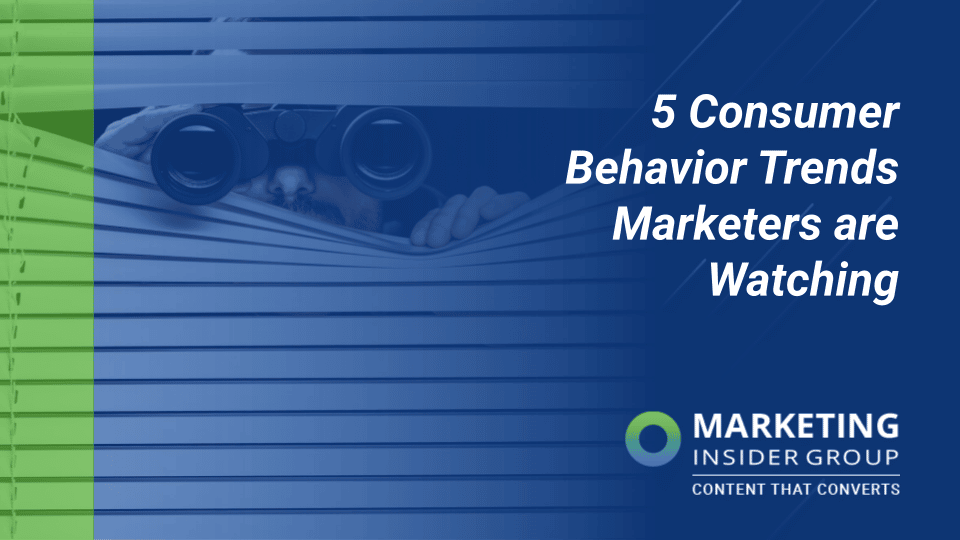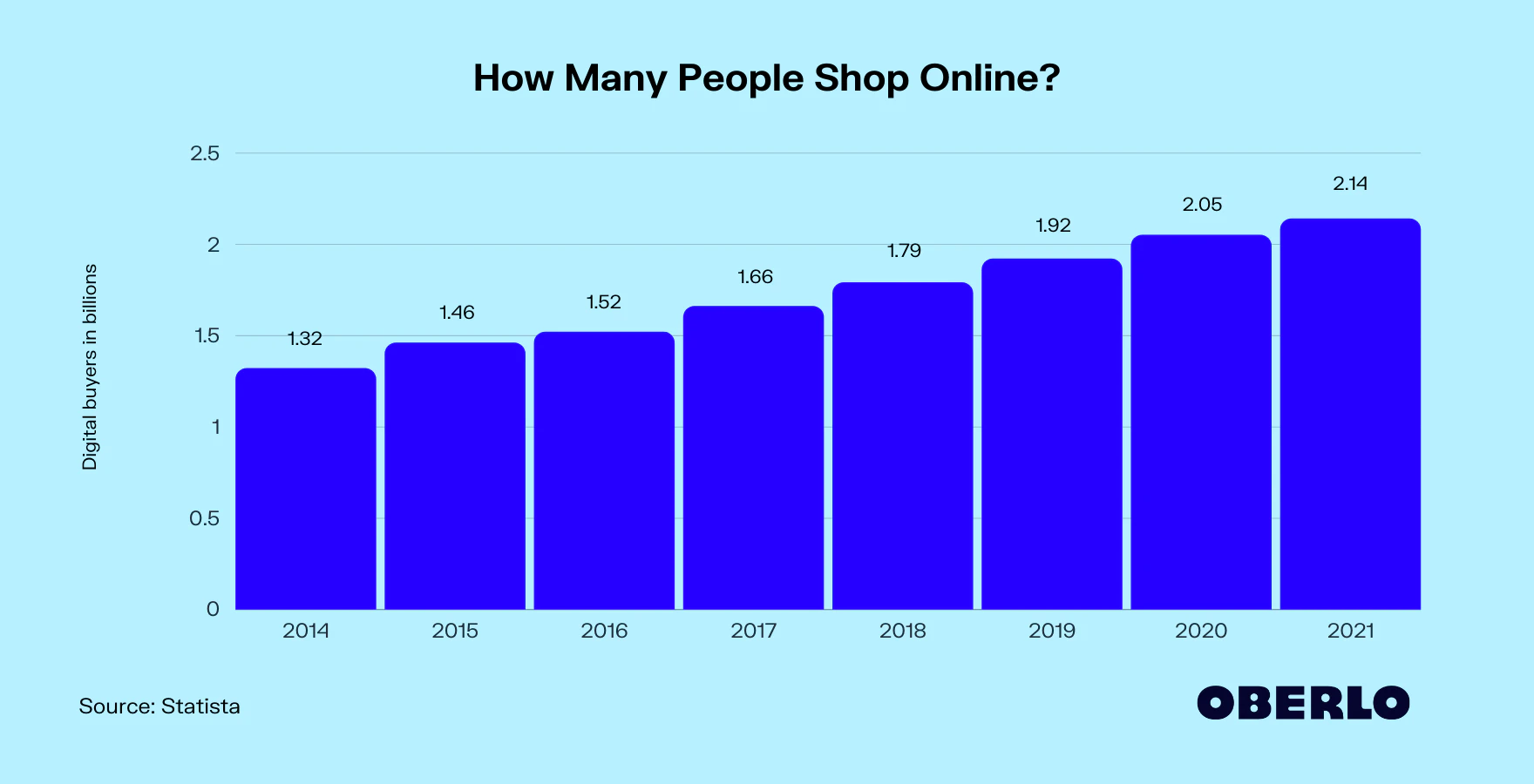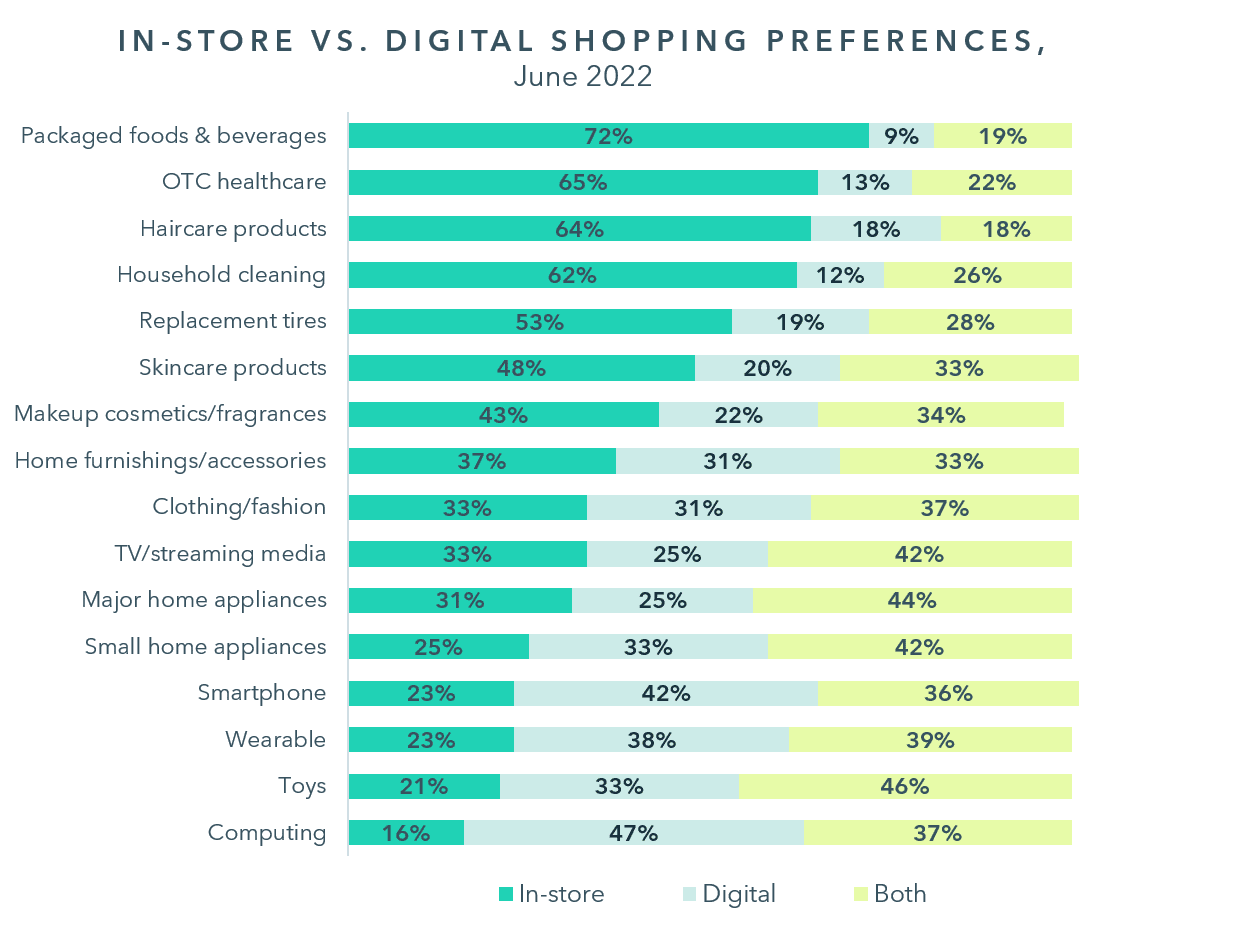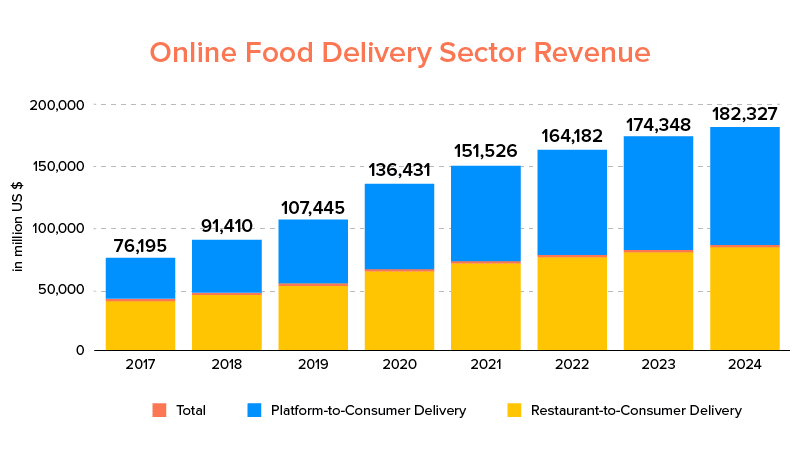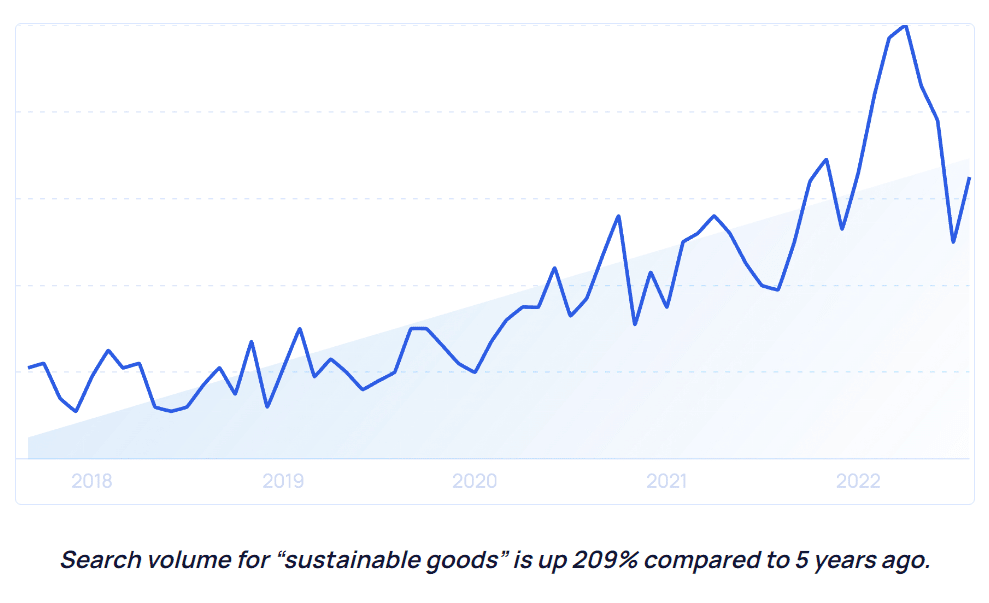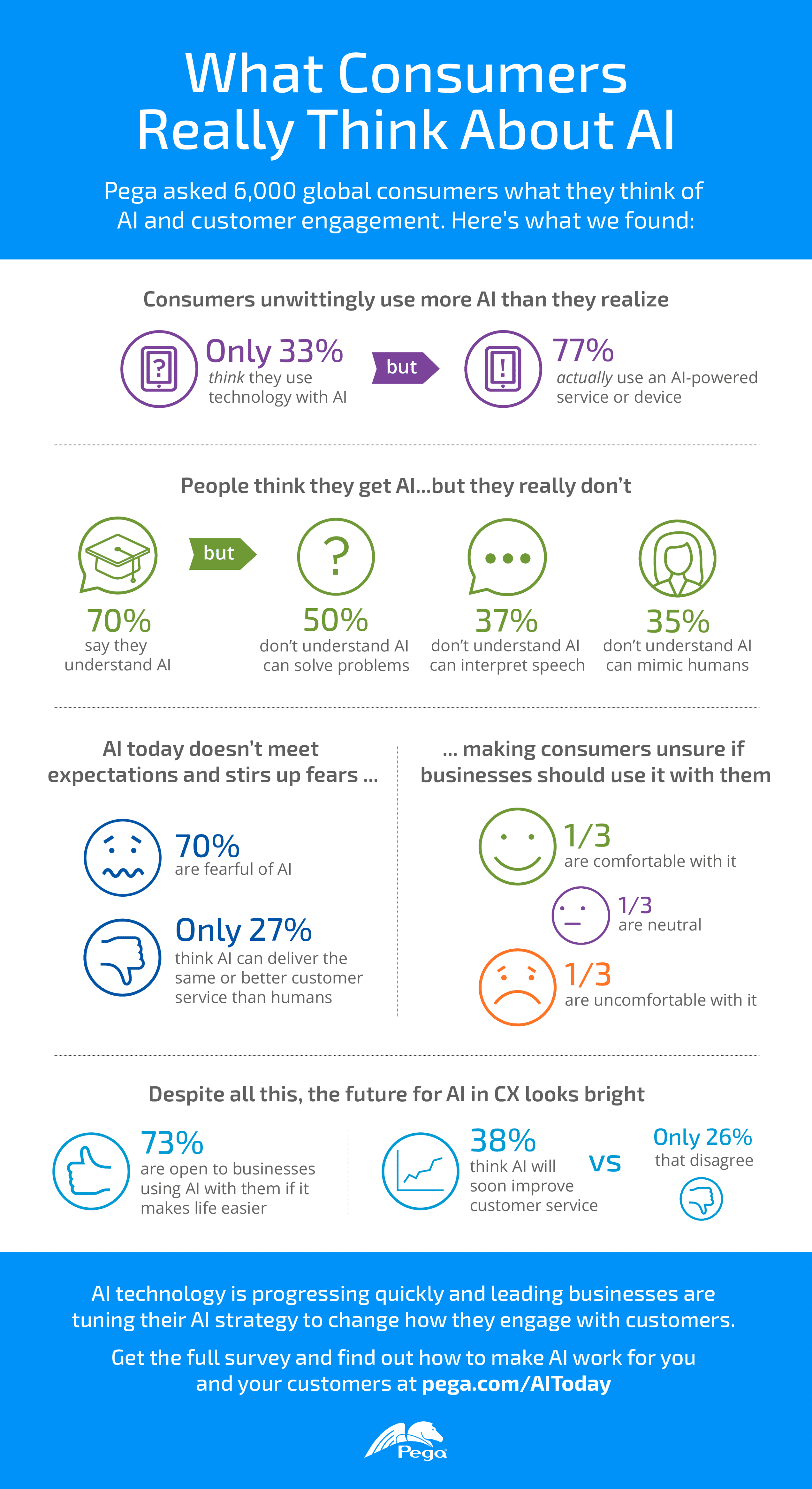
As we enter a calendar new year, it’s always great to review key things we should be considering and getting ready for in the new year ahead. In my last company, the webinar we did on “top ten considerations for 2023” with a fantastic internal SME and Craig Focardi, Banking Analyst and Principal at Celent, was a total home run over the fence (a spectacular penalty kick to win the world cup for the rest of the world).
In that spirit the folks at Qlik did a recent webinar “Top 10 BI and Data Trends for 2023”. I am familiar with Qlik both from my experience in the BI, data, and analytics side of marketing and from my time at Dresner Advisory Services. And as a marketer who fancies himself a bit of a “marketing technologist” (to borrow Scott Brinker’s terminology), this really resonated with me. After all – marketing now holds more of the technology budget than the IT function, and arguably benefits more from quality BI, data, and analytics solutions than any other function.

Dan Sommer, Qlik’s Senior Director of Global Market Intelligence, presented a webinar in my perennial favorite “top 10” format (as always, an ode to David Letterman for popularizing this). He set it up with some great “environmental factors” including the changing world order, data, and analytics “key catalysts, and a very thought-provoking “AI – threat or opportunity” (or is it both?). AI and Machine Learning (ML) and Business Intelligence (BI) are indeed game changers. Having worked with the “father of BI” Howard Dresner back when he coined the term “Business Intelligence”, and more recently as an analyst on his team — it’s great to see these newer concepts juxtaposed with BI, data, and analytics. All have certainly lived up to the promise and sailed past the “hype phase” in so many ways.
Dan focused on some cool themes – calibration for crisis, including both decision-making and integration, and key themes including governance and precision of data and information resonated throughout his webinar. His top ten BI and data trends for 2023:
- Supply Chain Disruption Meets Real-Time Data: given the need for more up to date and real-time information, we need to consider issues including hyper-connectivity, the impact of non-human/machine created data including the Internet of Things (IoT), and the huge impact real-time data will have. Interesting data from IDC: the majority (60 percent) of all organizations will have some type of streaming data, it’s not “if” it’s “when”. Very timely given the recent world-wide SCM disruptions we’ve all witnessed and lived through – yes still waiting for that new road bike I ordered during the pandemic, so there’s hope!
- Decision Velocity at Scale: automation doesn’t mean there’s no place for the “human role”, with a review of data supporting decisions, taking action, and shortening this decision cycle. Dan discussed having a “Chief Decision Officer” (yes, a new CDO beyond the Chief Data Officer) and big data continuing to support enhanced decision-making. I loved the combination of velocity and scale – doing things faster with greater scale makes for increased business impact, faster. Who doesn’t want that – now!
- Optimize Across Low- and High-Code: tools that don’t require sophisticated coding skills, and with easier to use interface, will support “code optimization” in the short-term and “auto-generated” code in the long-term. IDC cites some great data showcasing this is indeed a “brave new world” that every organization with BI and data solutions needs to get ready for!
- Human/Machine Arms Race: no, not the rise of Skynet and sentient Terminators; natural language queries and application generation using human language; and the rise of Generative Pre-trained Transformer 3 (GPT3) and a transition next to GPT4. Having had some interesting “conversations” with AI bots in customer experience (CFX) scenarios recently, I personally cannot wait! Not Terminators guided by Skynet; that’s a movie!
- Data Stories that Compel Action: classic having the “right information, at the right time” is as important as ever; the rise of data visualization and using data storytelling, all connected to action. Building alerts that drive action in a continuous cycle with automation at the core. As a data-driven marketer data storytelling is the “Holy Grail” of data-driven decision-making and every organization needs to invest in this core competency, regardless of size, industry, or BI/data maturity. Interesting data from Gartner: “by 2025, data stories will be the most widespread way of consuming analytics, and 75% of stories will be automatically generated using augmented analytics techniques.”
- Market Consolidation: every market grows, there are lots of new entries, and eventually it consolidates; leaders emerge and gain share, and laggards drop out. That’s the “circle of life” we learned in business school, and I’ve seen playout in decades across multiple organizations and industries in my career. A huge opportunity for the innovators that will survive, and outcomes-based value is the “secret sauce” (to quote former SAP CEO Bill McDermott); the latter is truly music to my ears after years (decades?) as a services marketer in captive software and technology organizations.
- What’s Old is New Again in the Cloud: DeJa’Vu to the era when client/server computing transitioned to the Third Platform (mobile computing, big data and analytics, social media, and cloud computing, as IDC describes it). Yes, old ideas in a new context. Dan discussed the “data gravity” shift and how many of the same old issues reappear in the cloud. A classic need to address the “people, business, technology” paradigm – I’ve used the same Venn diagram slide to describe that for years (decades?) and it never gets old!
- X-Fabric Holds Connected Governance Together: key concepts include harmonizing increasingly distributed data (no small task), synchronizing various applications including BI tools, re-using data and analytics assets, and building/leveraging and cataloging common APIs. Orchestration, certification, and collaboration are key. Dan had me at “governance” as the success of BI and data initiatives is highly dependent on critical governance as well as data literacy.
- AI Moves Deeper into the Data Pipeline: probably my favorite of Dan’s top ten; yes, more automation, still requiring human involvement, but classic freeing up more time for value-added tasks and shifting personnel. The classic (and long pursued) 80/20 model finally gets flipped, and less time chasing spent data and more time using it for improved analysis and decision-making. Something we’ve been saying since the “dawn of BI” and probably before!
- Rise of Derivative and Synthetic Data: data are derived and aggregated, transformed, and synthetic data comes from machine-generated data and via algorithms. This is a key “game-changer” for AI and an enabler for ML and much more. I hope dan and his team come back with another webinar on he “future of data and BI” as I’ll be the first one to sign up for that!
Dan closed with a great summary chart with both short- and long-term benefits for each of his top ten BI and Data trends.

And as “Professor Fred” who has presented on marketing at conferences, academic institutions, and webinars, and provided mentoring over much of my career – Dan’s webinar was an excellent example of the “Modern Webinar”. That’s a concept evangelized by my long-time friend and colleague Mark Bornstein, the Chief “Webinerd” at ON24, who takes this to an absolute art form. Dan’s marketing team recorded the webinar in a very cool studio environment, there were embedded graphics and visual sub-headers (think CNN News), and the ON24 webinar console resonated with the Qlik branding. Yes – no slides, and a live Q&A which generated a plethora of questions; Dan promised to get back to those folks for the questions not answered in real-time. Excellent customer and prospect engagement showcasing how Thought Leadership properly leveraged is key to “execution as an art form” (another former SAP CEO Bill McDermott favorite).
Sign up for the on-demand reply, which includes a cool eBook on 2023 BI & Data Trends eBook, and share with your colleagues. Great Thought Leadership and guidance for the future of BI and data that awaits us all!
The post Thought Leadership in Action: Top Ten BI and Data Trends for 2023 appeared first on Marketing Insider Group.
Did you miss our previous article…
https://www.sydneysocialmediaservices.com/?p=4852

